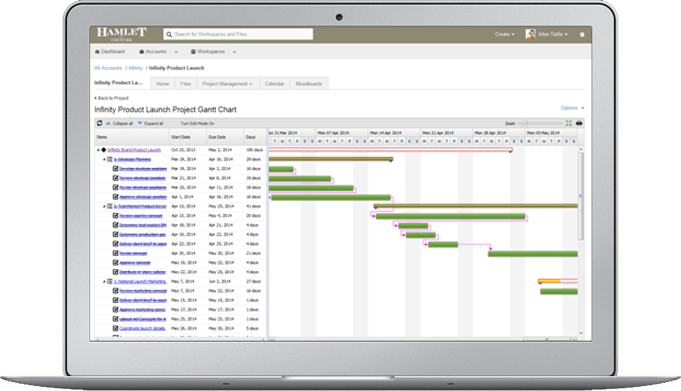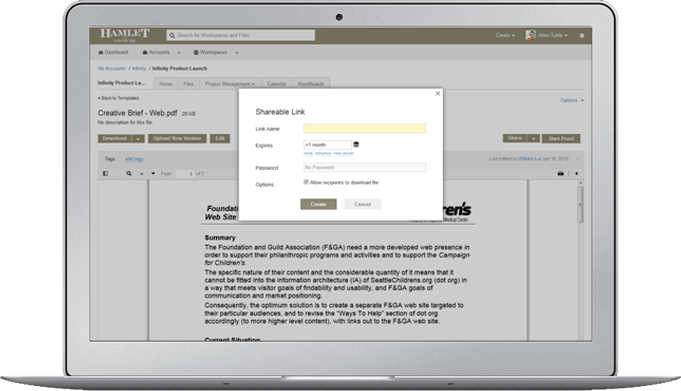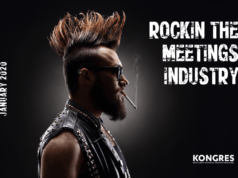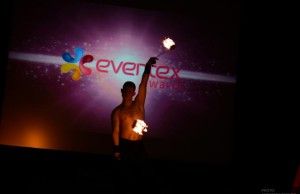When worlds collide
Which of the statements below have you found to be true if you think of the meetings you’ve recently had in your career as a meetings professional?
A) “Terrific to finally meet you in person!”
B) “I just don’t seem the have the time to get myself connected”
C) “How do you manage to be so active in your online contacts? “
It seems to me that if you are stuck in category B) and wondering what all the fuss is about, this article is meant for you. I will cite my personal experience and share 7 tools I use in my organisation that have transformed the way I work, communicate and function in a connected hybrid playing field. After solid experimentation, I’m now officially an advocate. I’m motivated to convert you; should you feel that keeping online contact is a burden and a waste of time.
Only recently have I come across recurring instances where people I had never met before, spontaneously seek to meet up with me, when our travels paths crossed. Often at industry meetings and trade shows.
How does that happen?
First I thought to myself, I was learning a new language plus dialogue and I was (finally) getting the message across to my hybrid colleagues. Then consequently the dialogue I started online seemed to resonate and lead to real live encounters with peers, prospects and a whole series on people I had never met before.
Apparently, as I was told, some had read links I had shared with snippets of valuable content. By writing about what I see; experimenting with form and format. By rethinking and asking questions about how we craft dialogue online and to think about what captures the hybrid audience.
By doing so, and expressing my views and experiences online, it seems I have captured the interest of an audience I never connected with before in real life. And then, as if meant to be, you suddenly meet the real people behind the avatars on linkedin, facebook, twitter, ning. Not by chance only, because your meeting was prepared by online connections on events, interest groups, tripit travel, Dopplr destination profiles, Foursquare and Gowalla location based tracking and networking systems.
What I never realized until the past year is that the quality and intensity of the trust built up through our online conversations actually allowed for both parties to build up a level of trust.
That trust level then translates as I experienced an in depth discussion from the first real life meeting. In short, you have the time and space to prepare the meetings with people that are of interest to you and that you value dialogue with.
[pullquote]We are getting engaged in a completely new way and it is very exciting to learn this language as I am experiencing right now.[/pullquote]
Simply, by personally being open to continuous learning, by reading, researching and writing (micro)blogs, articles, videos and images and teaching students about our meeting industry trade, it occurred to me that we are in the midst of a communication [r]evolution.
We are all learning to read, write and speak a newly developing language; the language of connectivity. The language we learn, because technology has enabled the developments of this new language. And by our curiosity, we explore, discover and try new options, never available to us before. These new media allow us to experiment with geolocation, peer to peer chat, write to a global audience and comment on topics that are of interest to us on blog and microblog posts. Hierarchy is no longer relevant; insight and interest is. Traditional communication pyramids are crumpling under the speed and relevance of online dialogue and conversation.



1. Central Desktop is an online project-management and wiki-like intranet tool that allows you to set up projects with internal collaborators and external customers, and manage all types of communication, file and document sharing. It’s a great tool for creating online operations, engaging volunteer leaders and retaining knowledge bases for associations or SME companies. With both public and private workspaces, users work and collaborate in realtime. You can use it as a makeshift event website integrating project management tasks as well as integrated web meetings and syndicate messages and content to Twitter and Facebook .
2. Dropbox is simply a high powered FTP site, but the interface and work flow is impressive. Users simply drag files to dropbox desktop folders, which are then uploaded and stored online. You can share folders with anyone. Upload a file and it shows up on your remote co-worker’s desktop. You can even set up public folders so anyone can send large files without clogging mailboxes. Also be on the lookout for the upcoming new cloud service providers such as Apple’s iCloud and the (yet to be launched) Google Drive
3. Posterous – so you know a blog can be beneficial to drive traffic to your organisation. You’ve written an article from time to time, but just can’t get into the rhythm of writing periodically? That’s just what I felt when I started. As a matter of fact, Posterous is the first ever free tool I’ve encountered where you do not need to create a user account. Just send a mail to post@posterous.com and your blog has started. Easily configurable, good-looking and used by the pro’s that do not care to spend lots of time in crafting WordPress, Bloger or Typepad stylesheet based blog. Do be careful because Posterous was recently bought up by Twitter and we need to see what they decide to do with it in the near future.
4. Google Alerts and Google Reader – a place to setup your social filters and let Google reader do the work for you. Type in the tags and word combinations you want to monitor and the information is filtered for you.
5. BeamME, Gowalla, Foursquare – Let people know where you are and when you are there. Make meetings happen and prepare your encounters when you do have the time. Using Apps like Gowalla and Foursquare, (any device will do using a browser or resident Apps on iPhone) you can be found and you can find others. Certainly at large events and tradeshows this can be very useful to meet up with your hybrid dialogue counterparts.
BeamMe is a location based tool that looks for linked in contacts that could match your profile in your direct vicinity based on your geolocation and linkedin profile. Both Foursquare and Gowalla were successfully launched at an interactive Conference, Music and Film festival inTexascalled South by Southwest (SXSW) and are now growing quickly globally. They are more pure location based systems to track and share photos and details, tips of where you currently are. Watch out for these technologies and how your audience uses them. They may just become as popular as Twitter who also premiered there service onsite at events in 2007 at SXSW. A true tipping point for this technology which is now a household name.
6. Hootsuite– the professional backoffice for any serious new media user. Hootsuite has just revamped their service in HTML 5 and allows you to post status updates, tweets to profiles in just about any social media feed including, Twitter, Facebook (pages, groups and personal pages), Linked in. It also allows you to track specific twitter #hashtags which are used a group discussion topics or to communicate to large groups of followers during an event (for instance #worldcup or #g20) Hootsuite also has a way of tracking links and providing statistics through Google Analytics to backtrack who, where and through what channel is engaging in discussions with you or amplifying your message through their networks. Hootsuite now also provides ways for teams to service multiple accounts and have a division of tasks and responsibilities to service comments and requests for your organisation.
7. Ustream, Livestream and Watchitoo – picture a broadcasting studio right in your browser. This is now commonly available and I advise you to experiment in viewing (and later streaming) your own broadcasts or event stream with the click of a button. Try it, it’s fascinating and very easy. A number of these solutions allow you to craft bespoke channels for your organisation and even mix signals from past video recording, stills and live streams. Ideal at events to include your hybrid attendees.
8. Twubs – Hashtags made useful. Originally developed for church volunteer communities in theUnited States but now modified and adapted to make hashtags useful for (live) events. This tool is particularly helpful if you want to combine existing twitter audiences used to the symantics of the Twitter Haiku, and those who do not have a clue how twitter works.
Imagine a twub to be a hub for all the digital dialogue around your event all wrapped into one online place. The multmedia, tweets, photo’s conversations, automatically translated into English and presented in a bespoke browser window. Also you can extract a moderated backchannel from the twub to be presented on a screen in your break area or beside the main staging area. Twubs broadcast screens can be moderated for speed, content and styled to reflect the look and feel of your event branding.
9. Social Mention– get a sense of the sentiment around your brand, organisation or congress. What are people saying in their online communication? Is it positive, negative or neutral? How many advocates do you have and where can you find / reach them? Try it on www.socialmention.com it simple and its free. No login required!
10. Digital Dashboard – After you start seeing the benefits of crafting a strategy for your digital footprint, you are ready to develop messaging and dialogue strategy. Whether you are developing this competency in house by trial and error (big time investment) or by collaborating with a specialised service provider that knows your industry (careful, there are not many out there that have more than 3 to 4 years experience in this field as it is brand new!), make sure you have your measuring stick ready to benchmark where you start and how your footprint grows. TNOC has developed a customised New Media Dash Board which integrates the boundless statistics which can be found into 1 practical overview. Details can be found on www.tnoc.ch
Event Designer | Strategic Advisor | Facilitator | creator #EventCanvas















